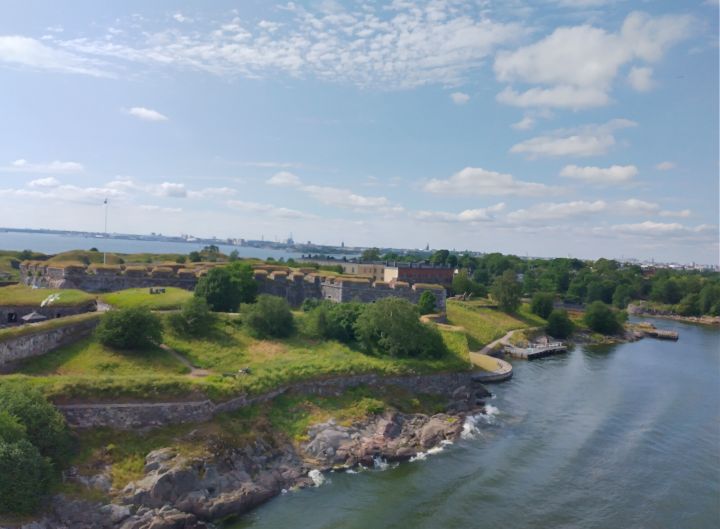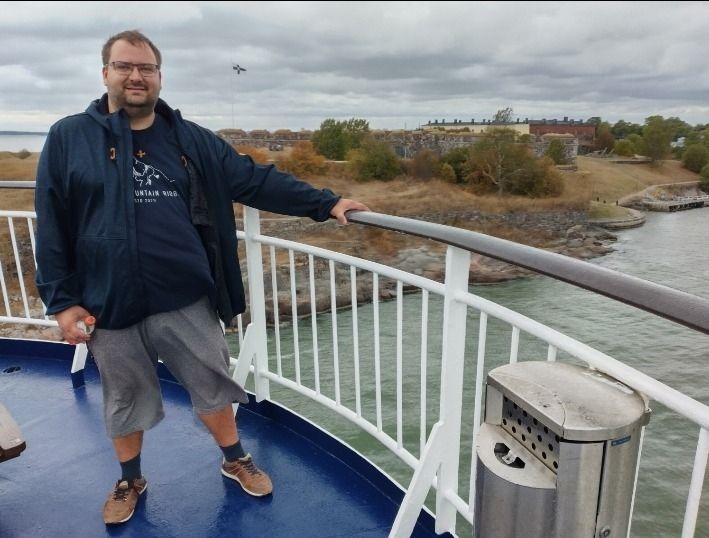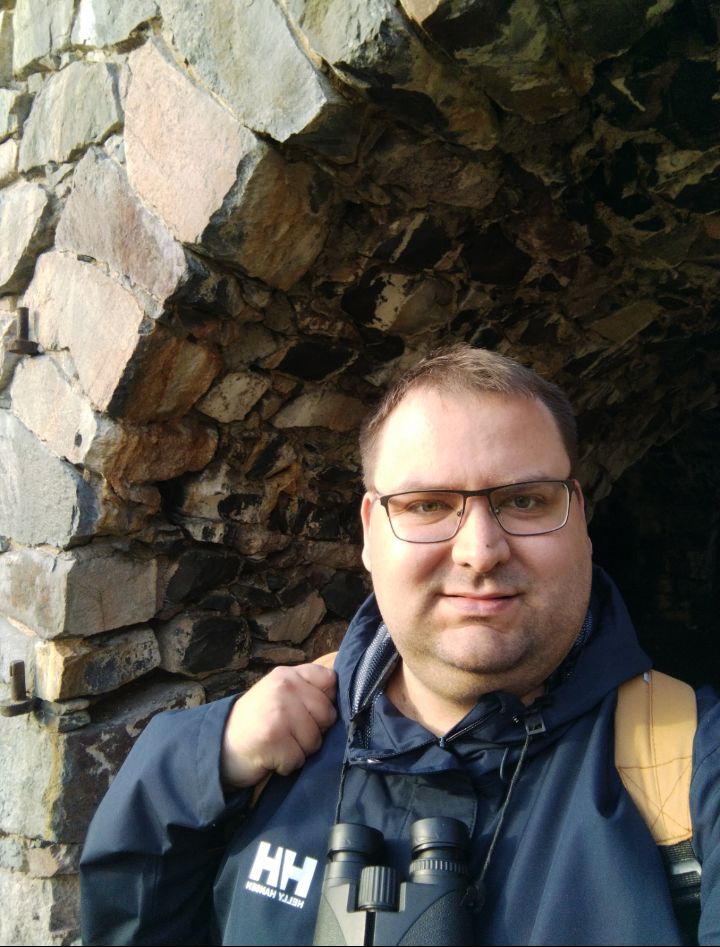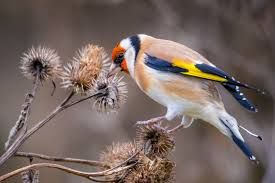Can man and nature live and flourish side by side? Can human activity greatly benefit nature? The intermediate disturbance hypothesis (IDH) assumes that species richness and diversity at the local scale are at their peak when disturbance is of intermediate intensity (Grime, 1973; Horn, 1975; Connell, 1978). This is how human activity often increases the diversity of nature.
In this post, I will explain why man and nature can very well coexist, and how human activity even greatly increases biodiversity, for example by creating new habitats for new species in the landscape. This article focuses on the fortress island of Suomenlinna in Helsinki, as an example of how a medium-sized disturbance in the ecosystem caused by human activity greatly increases biodiversity. Suomenlinna is literally an oasis of biodiversity.


The construction of Suomenlinna was started by the King of Sweden and Swedish soldiers in 1748. It was meant to defend Finland from continuous Russian attacks. Suomenlinna is built in the style of the 18th century with several nested bastions. Suomenlinna is full of walls and ancient military buildings as well as old parks and gardens that create a rich ecosystem. Human activity and intermediate disturbance have enriched the natural diversity of the area. Beta-diversity is low on the islands (that is, the species of the islands differ greatly from the surrounding area) and the fauna and flora are unique and very different from the other islands and areas of Helsinki.
The fortress was later occupied by Russian soldiers when Russia conquered Finland in 1809. Today, the sea fortress is one of Finland’s seven UNESCO World Heritage Sites and one of the most popular sights in our country, both historically and in nature.
Especially because of its history, Suomenlinna’s ecology is interesting. In Suomenlinna, you can find numerous rare plants, such as planted southern trees and other plants, especially foreign species that escaped from the gardens, which today grow wild on different parts of the islands, where there are suitable places for them. There were also seeds of many exotic species in the ballast sands of ships, etc.
One of the most obvious reasons for the richness of Suomenlinna’s ecosystems and natural diversity is that the landscape has been fragmented into several different biotopes due to human influence. The connection between landscape and disturbance is clearest when the disturbance fragments a homogeneous ecosystem into a landscape with changes and new biotopes of different ages or magnitudes of disturbance (Paine and Levin, 1981; Roxburgh et al., 2004).
There are many ancient parks and traditional biotopes in Suomenlinna with rare, up to 300-year-old trees and many kinds of flowering plants, butterflies and especially birds typical of the agricultural and cultural environment, such as the jackdaw, goldfinch, greenfinch, swallow and sparrow. Today, a large population of up to thousands of geese has also been born from the white-cheeked geese that escaped from the Korkeasaari Zoo. There are cave-like corridors in the walls, which provide an eco-compartment and habitat suitable for bats. At the southern tip of the islands, Kustaanmieka has a versatile urban meadow, where numerous flowering plant species grow that are exotic, even unique in Finland. Many are from Sweden, Estonia, Central Europe or Russia. For example, you can see lilacs, chives, sweet peas and many southern trees.


Part of Suomenlinna, as a barren archipelago, ecologically resembles a fell, and the Lapland tern nests there, for example. Some are outer archipelago-type islets, where cormorants and eiders nest, for example. Suomenlinna meets the natural biotopes of the archipelago, which also vary from forested islands to the open sea, as well as cultural and traditional biotopes. In Suomenlinna, therefore, original nature meets man-made traditional biotopes.
Because of this, it can be said that human activity has greatly enriched the area’s natural diversity. Without human activity and the disturbances caused by it, the biodiversity of the islands would be much less. Thanks to man, the islands have hundreds more plant species than would be there naturally and at least a few dozen more bird species. Human activities, gardens, buildings, walls, meadows, etc., have created numerous ecological niches suitable for rare species, and history, such as ships whose ballast sand or horse hay brought with them seeds of alien species, has allowed a great increase in biodiversity.

Suomenlinna is a biodiversity hot spot in Helsinki and also in the whole of Finland. Protecting the nature of Suomenlinna is very important if we want to preserve this laboratory of diversity and oasis of natural diversity right in the heart of the city. The islands face many environmental problems, such as over-tourism, littering and erosion, which threaten this unique ecosystem.
Daniel Elkama
Jätä kommentti